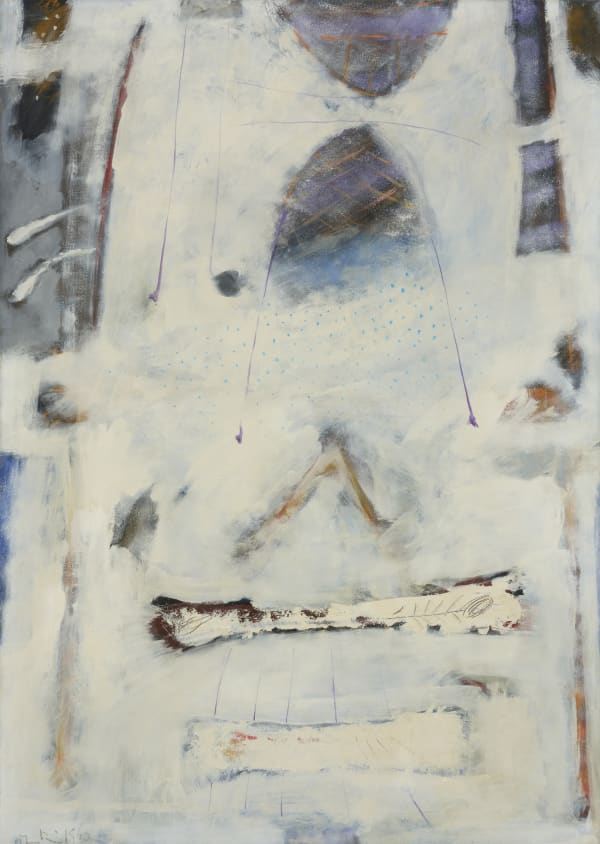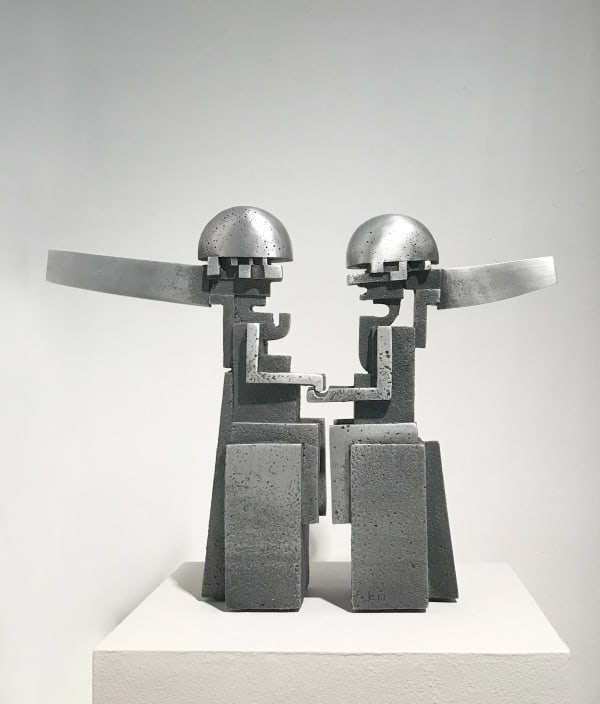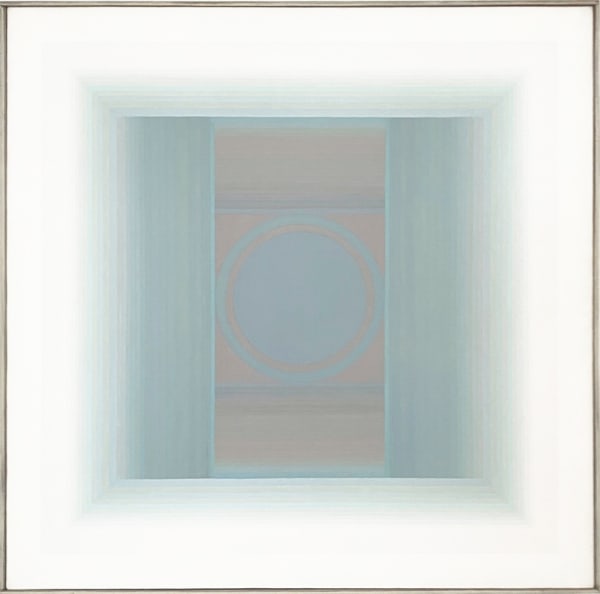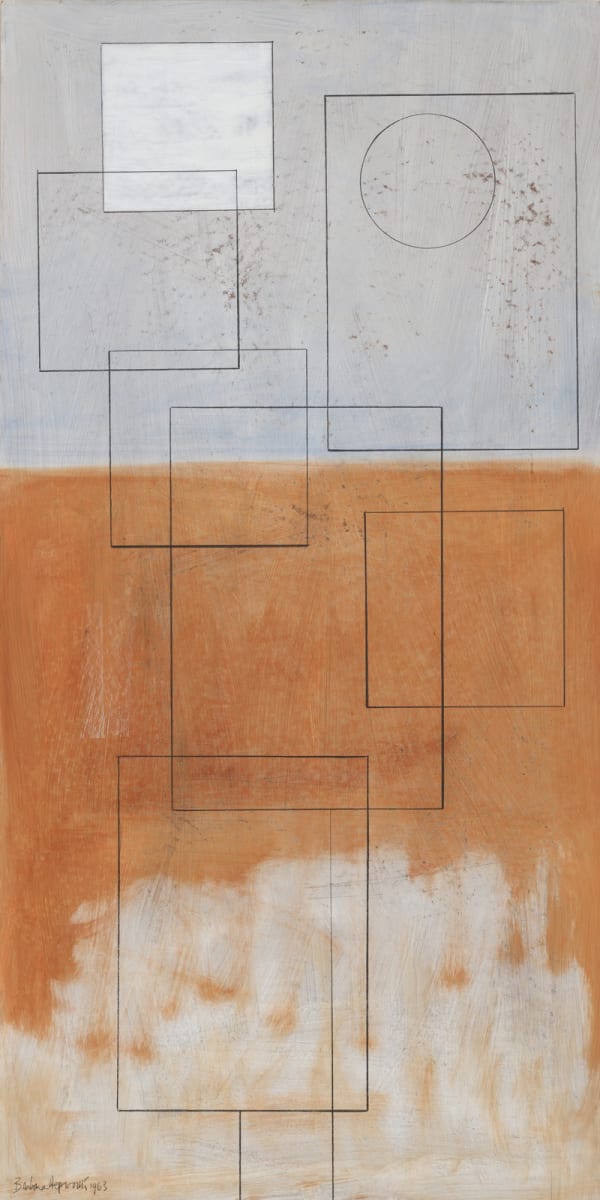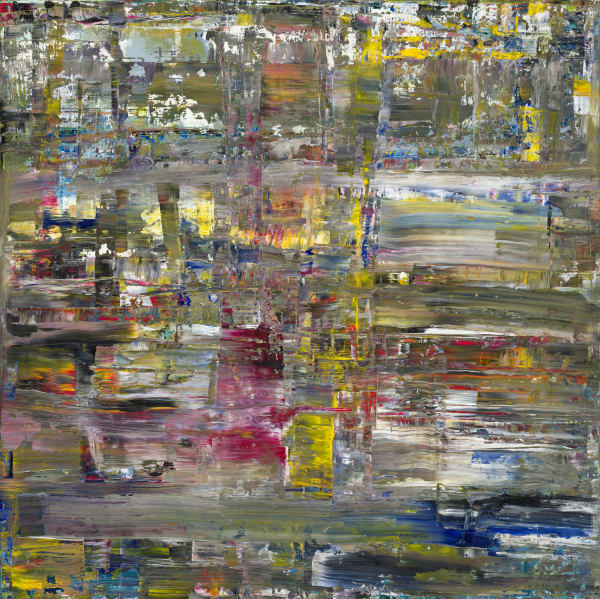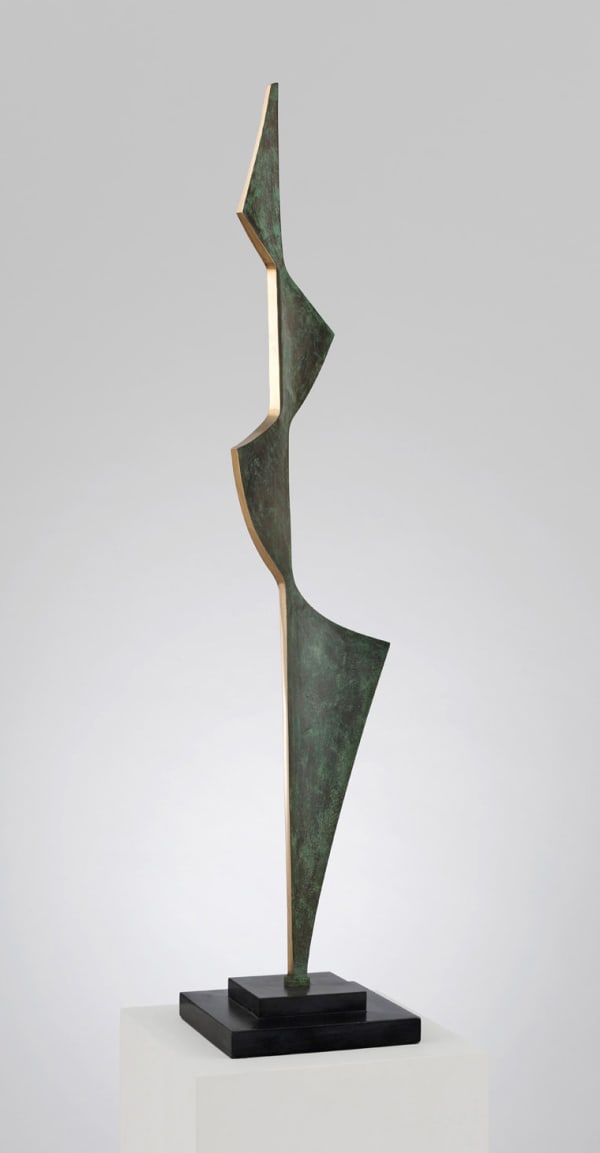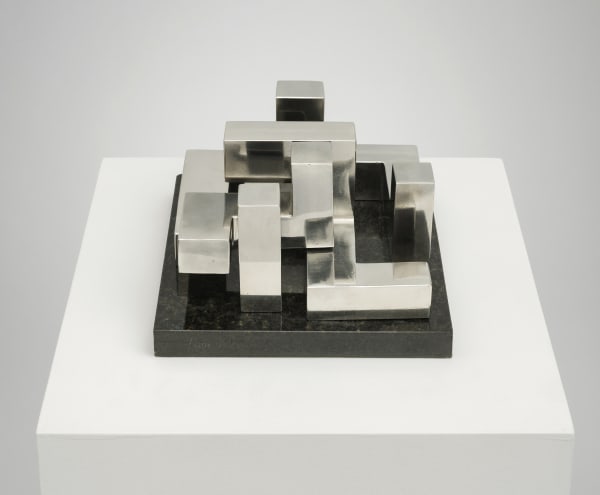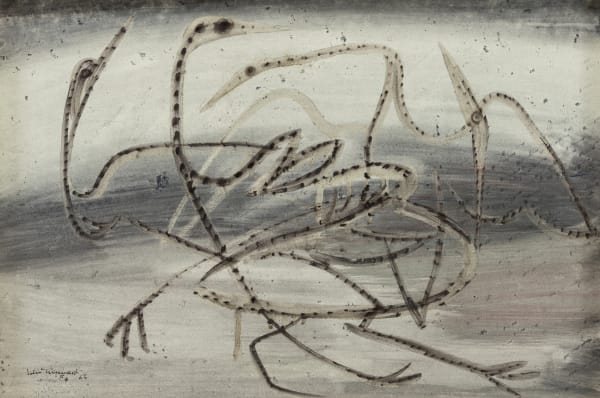-

Frank Bowling
-

Martin Bradley
-

Jonathan Clarke
-

Alan Davie
-

Leigh Davis
-

Paul Feiler
-

Robert Fogell
-

Richard Fox
-

William Gear
-

Peter Haigh
-

Barbara Hepworth
-

Patrick Heron
-

Jonathan S Hooper
-

Peter Joyce
-

Keith Milow
-

Denis Mitchell
-

Paul Mount
-

John Plumb
-

Tommy Rowe
-

John Tunnard
-

Brian Wall
-

Frank Avray Wilson
-

Gary Wragg

